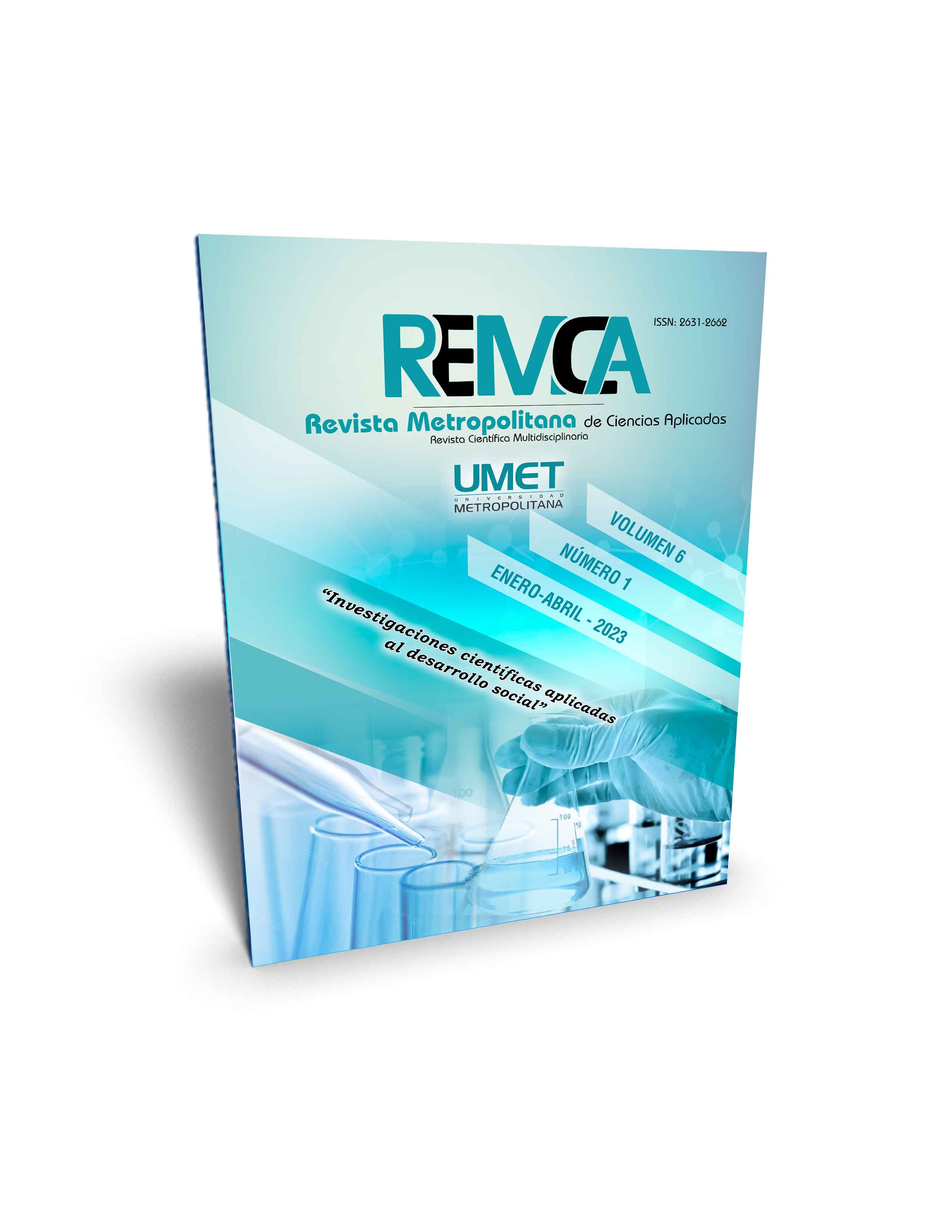Prevalence of anemia in new students entry to the university of the health area
DOI:
https://doi.org/10.62452/t5t0z241Keywords:
Didactic guide, nutritional assessment, food planAbstract
It is considered as a didactic guide the digital or printed instrument that constitutes a resource for learning through which the action of the teacher and the students within the teaching process is specified, in a planned and organized way, it provides technical information to the student and has as a premise education as conduction and active process. It is based on didactics as a science to generate cognitive development and learning styles from itself. It constitutes a transcendental resource because it perfects the teacher's work in the preparation and orientation of teaching tasks as a basic cell of the teaching-learning process, whose realization is subsequently controlled in the curricular activities themselves. This didactic guide contemplates seven fundamental steps, 1) Title, 2) Abstract, 3) Keywords, 4) Introduction, 5) Presentation, 6) Discussion, 7) Conclusions, 8) References and 9) Others. This sequence of steps allows the systematic review of a clinical case with a nutritional perspective in the undergraduate, with the aim of facilitating the transformation of learning, which contributes to the change that education requires so that future professionals graduate capable of corresponding to today's society.
Downloads
References
Corral-Symes, R., Fernández-Quiroga, K., González-Santiago, O., & Morales-San-Claudio, P. (2018). Prevalencia de Anemia en Estudiantes de la Facultad de Ciencias Químicas de la UANL. Revista de Ciencias Farmacéuticas y Biomedicina, 1(1), 14-21.
Guzmán, M., Guzmán, J., & Llanos, M. (2016). Significado de la anemia en las diferentes etapas de la vida. Enfermería Global, 15(43), 407-418.
López, D., Arteaga, C., González, I., & Montero, J. (2020). Consideraciones generales para estudiar el síndrome anémico. Revisión descriptiva. Archivos de Medicina (Manizales), 21(1).
López, J., Domínguez, E., Blázquez, S., & Blázquez, C. (2006). Prevalencia de anemia en los estudiantes que acudieron al Examen de Salud Integral 2004 región Xalapa. Revista Médica de la Universidad Veracruzana, 6(2), 10-19.
Morales-Soto, N. (2022). Anemias Nutricionales de la Infancia. Diagnóstico, 61(3).
Quispe, H., & Castillo, E. (2021). Anemia ferropénica y Su relación con el rendimiento académico en estudiantes universitarias. Revista Innova Educación, 3(1), 208-214.
Quispe, J., Vega, S., Huayta, I., Díaz, V., & Chávez, P. (2017). Anemia asociada a infección por helicobacter pylori en estudiantes universitarios. Revista Científica Ciencia Médica, 20(2), 21-25.
Rosales, J., Alarcón, J., Abadie, J., & Olivares, M. (2012). Prevalencia de anemia en estudiantes ingresantes a la Universidad Nacional Mayor de San Marcos del Perú. Boletín del Instituto Nacional de Salud, 18(7), 129-135.
Shamah-Levy, T., Mejía-Rodríguez, F., Méndez, I., Cruz-Góngora, V., Mundo-Rosas, V., & Villalpando-Hernández, S. (2018). Tendencia en la prevalencia de anemia entre mujeres mexicanas en edad reproductiva 2006-2016. Ensanut MC 2016. Salud Pública de México, 60(3), 301-308.
Vallejo, C., Correa, F., Solarte, H., Solano, A., Paz, P., Fajardo, L., & Martínez, D. (2017). Prevalencia de anemia en pacientes hospitalizados en el hospital Universitario San José de Popayán. Repertorio de Medicina y Cirugía, 26(1), 17-21.
Downloads
Published
Issue
Section
License
Copyright (c) 2023 José Jesús Matos-Ceballos, Juan Eduardo Moguel-Ceballos, Teresa del Jesús Brito-Cruz, Ángel Esteban Torres-Zapata, Cristina Rodríguez-Rosas, Juan Prieto-Noa (Autor/a)

This work is licensed under a Creative Commons Attribution-NonCommercial-ShareAlike 4.0 International License.
Authors who publish in Revista Metropolitana de Ciencias Aplicadas (REMCA), agree to the following terms:
1. Copyright
Authors retain unrestricted copyright to their work. Authors grant the journal the right of first publication. To this end, they assign the journal non-exclusive exploitation rights (reproduction, distribution, public communication, and transformation). Authors may enter into additional agreements for the non-exclusive distribution of the version of the work published in the journal, provided that acknowledgment of its initial publication in this journal is given.
© The authors.
2. License
The articles are published in the journal under the Creative Commons Attribution-NonCommercial-ShareAlike 4.0 International License (CC BY-NC-SA 4.0). The terms can be found at: https://creativecommons.org/licenses/by-nc-sa/4.0/deed.en
This license allows:
- Sharing: Copying and redistributing the material in any medium or format.
- Adapting: Remixing, transforming, and building upon the material.
Under the following terms:
- Attribution: You must give appropriate credit, provide a link to the license, and indicate if any changes were made. You may do this in any reasonable manner, but not in any way that suggests the licensor endorses or sponsors your use.
- NonCommercial: You may not use the material for commercial purposes.
- ShareAlike: If you remix, transform, or build upon the material, you must distribute your creation under the same license as the original work.
There are no additional restrictions. You may not apply legal terms or technological measures that legally restrict others from doing anything the license permits.




